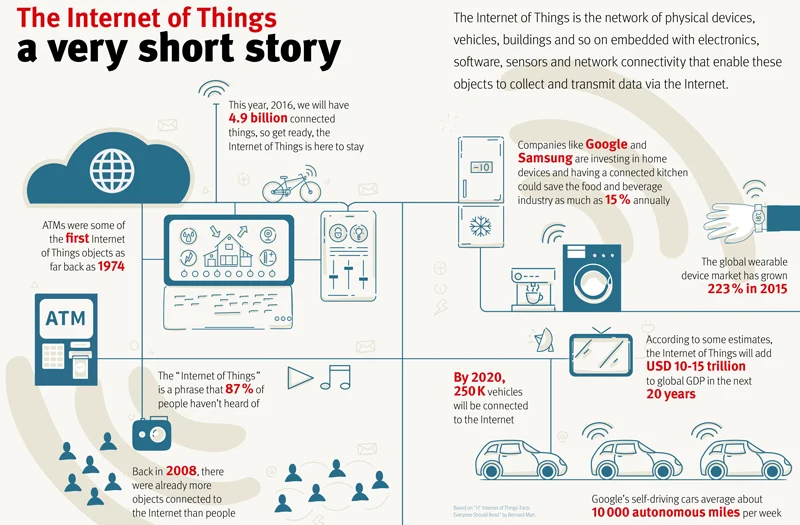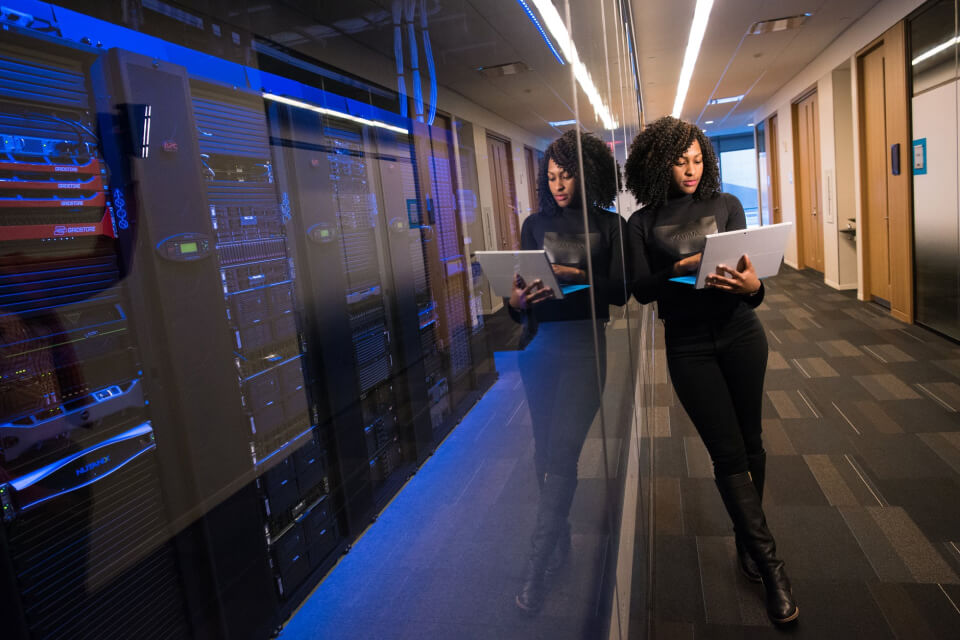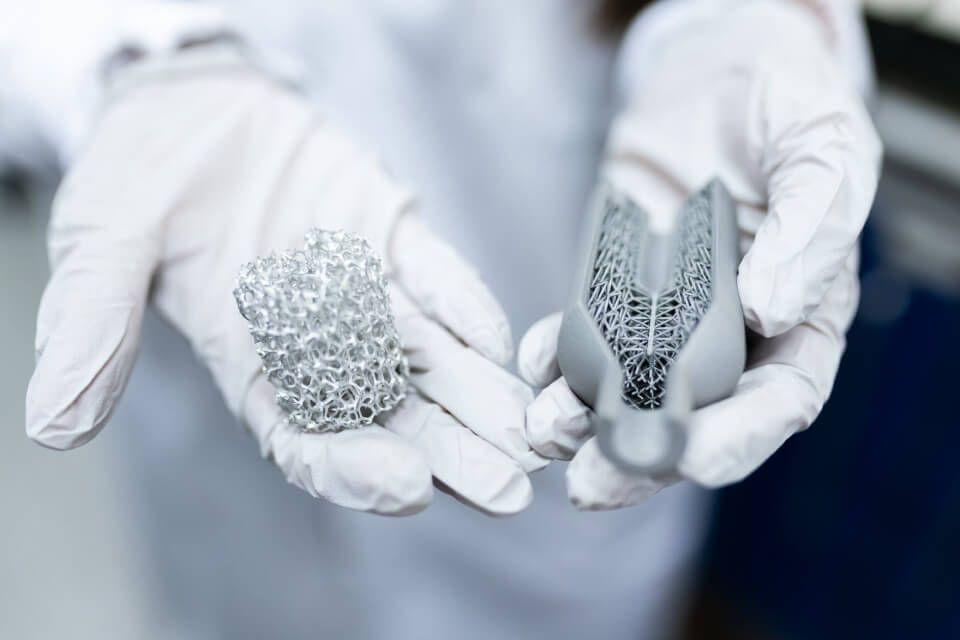How IoT (Internet Of Things) Is Changing Our Daily Lives by connecting everyday objects to the internet and allowing them to send and receive data. This technology is revolutionizing the way we live and interact with our surroundings, from smart homes and wearable devices to connected cars and industrial automation. As a result, our daily routines, habits, and even the way we work are being transformed by the integration of IoT into our lives. The convenience, efficiency, and productivity that IoT brings to our daily lives are undeniable, and it continues to shape the future of how we live and interact with the world around us.
One of the most intriguing aspects of how IoT is changing our daily lives is the way it is enhancing our safety and security through smart surveillance systems and remote monitoring. Additionally, the impact of IoT on healthcare, with the development of wearable health devices and remote patient monitoring, is also a fascinating and impactful advancement. Another interesting area is the role of IoT in environmental sustainability, with smart energy management and waste reduction systems making a significant difference in our daily lives. Furthermore, the integration of IoT in transportation and logistics is reshaping the way goods are delivered and tracked, providing both convenience and efficiency. Lastly, the potential for IoT to revolutionize agriculture through precision farming and smart irrigation systems is an exciting development with far-reaching implications.
1. Home Automation
The Internet of Things has revolutionized home automation, allowing individuals to control and monitor their homes remotely. Smart devices such as thermostats, lights, security cameras, and appliances can be connected to the internet, enabling users to adjust settings, receive alerts, and automate tasks from their smartphones or other devices. For example, homeowners can set their thermostats to adjust the temperature based on their schedule, turn off lights remotely, or receive notifications when there is unexpected activity in their home.
Furthermore, IoT technology has made it possible for homeowners to create integrated smart home systems, where different devices can communicate and work together seamlessly. This level of automation and connectivity not only enhances convenience but also improves energy efficiency and home security.
2. Healthcare Monitoring
IoT has transformed healthcare monitoring by enabling the collection of real-time data from medical devices and wearable sensors. This technology allows for continuous monitoring of patients’ vital signs, medication adherence, and disease management, even when they are not in a healthcare facility. For instance, individuals with chronic conditions can use wearable devices to track their health metrics and share this data with their healthcare providers for remote monitoring and timely intervention.
Moreover, IoT devices can be used to create smart medical alert systems for the elderly or individuals with disabilities, providing them with the ability to call for help in case of emergencies. The seamless integration of IoT in healthcare not only improves patient care but also reduces healthcare costs by preventing hospital readmissions and enabling early detection of health issues.
3. Transportation and Logistics
The integration of IoT in transportation and logistics has led to significant advancements in fleet management, route optimization, and supply chain visibility. By equipping vehicles, containers, and packages with IoT sensors and connected devices, companies can track the location, condition, and status of their assets in real time. This level of visibility allows for efficient inventory management, timely deliveries, and proactive maintenance of transportation vehicles.
Furthermore, IoT technology has enabled the development of smart transportation systems, including connected cars and smart traffic management. These systems can collect and analyze data to improve traffic flow, reduce congestion, and enhance road safety. As a result, IoT is not only transforming the way goods are transported and delivered but also revolutionizing the overall efficiency of transportation networks.
4. Environmental Monitoring
IoT has played a crucial role in environmental monitoring by providing innovative solutions for tracking and managing environmental conditions. With the help of IoT sensors and devices, environmental factors such as air quality, water levels, soil moisture, and weather patterns can be continuously monitored and analyzed. This data can be used for early detection of natural disasters, wildlife conservation, and sustainable resource management.
Additionally, IoT technology allows for the creation of smart energy management systems, where energy consumption can be optimized based on real-time data. By monitoring and controlling energy usage in buildings, cities, and industrial facilities, IoT contributes to the reduction of carbon emissions and the promotion of environmental sustainability.
5. Industrial Automation
In the industrial sector, IoT is driving the transformation of traditional factories into smart manufacturing facilities. By connecting industrial machinery, equipment, and processes to IoT systems, manufacturers can gather data on production efficiency, equipment performance, and product quality. This data can be used to optimize production processes, predict maintenance needs, and ensure the overall operational efficiency of the facility.
Furthermore, IoT enables the concept of predictive maintenance, where machines and equipment can alert maintenance personnel about potential issues before they lead to costly breakdowns. This proactive approach to maintenance not only reduces downtime and repair costs but also improves worker safety in industrial environments.
6. Retail and Customer Experience
IoT is reshaping the retail industry by enhancing the customer experience and enabling personalized marketing strategies. Retailers can use IoT devices such as beacons, RFID tags, and smart shelves to track customer behavior, optimize store layouts, and offer personalized promotions based on individual preferences. This level of personalization not only improves customer satisfaction but also increases sales and customer loyalty.
Moreover, IoT technology has facilitated the development of cashierless stores and smart inventory management systems, where products are automatically tracked and restocked without the need for human intervention. This not only streamlines the shopping experience for customers but also improves inventory accuracy and operational efficiency for retailers.
7. Agriculture and Farming
In the agricultural sector, IoT is revolutionizing farming practices by enabling precision agriculture and smart farming techniques. IoT sensors, drones, and autonomous machinery can be used to monitor crop conditions, soil moisture, and weather patterns, allowing farmers to make data-driven decisions to optimize crop yield and resource usage. Additionally, IoT technology can be used for livestock monitoring, herd management, and predictive analytics for disease prevention.
Furthermore, IoT enables the integration of sustainable farming practices, where water and energy resources can be efficiently managed to minimize environmental impact. By harnessing the power of IoT, farmers can improve productivity, reduce operational costs, and contribute to the overall sustainability of agricultural production.
8. Smart Cities and Urban Management
IoT is playing a pivotal role in the development of smart cities, where interconnected IoT devices and systems are used to enhance urban management and improve the quality of life for residents. Smart city initiatives leverage IoT technology for various applications, including traffic management, waste management, public safety, and energy efficiency. For example, IoT sensors can be used to optimize traffic flow, reduce energy consumption in buildings, and detect environmental hazards in urban areas.
Moreover, IoT enables the implementation of smart infrastructure, including smart grids, water management systems, and public transportation networks, which contribute to sustainable urban development and resource optimization. By embracing IoT, cities can address urban challenges more effectively and create a more livable and sustainable environment for their citizens.
| Area | Impact of IoT |
|---|---|
| Home | Smart home devices like thermostats, lights, and security cameras provide convenience and improved security. |
| Healthcare | IoT devices help in remote patient monitoring and personalized medicine. |
| Transportation | Connected vehicles and traffic management systems improve safety and reduce congestion. |
| Industry | IoT enables predictive maintenance, efficient resource utilization, and automation of processes. |
IoT is revolutionizing our daily lives by bringing connectivity and intelligence to various aspects such as home, healthcare, transportation, and industry. This technology is enhancing convenience, safety, and efficiency in different domains, ultimately improving the quality of life for individuals and communities.



